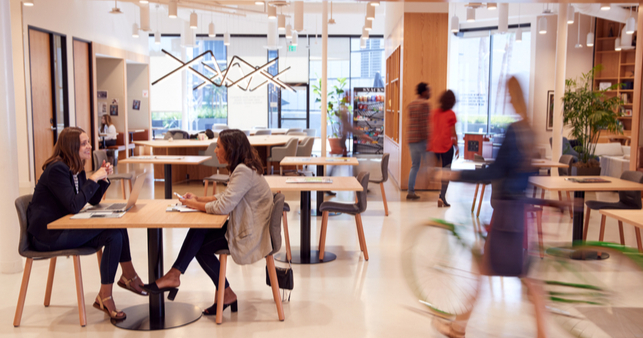
While businesses across the country are currently operating at red, now is a good time for employers to look to the future and work out exactly how the workplace will operate when work from home recommendations end.
While some employers will opt for a fulltime return to the workplace, they run the risk of losing employees who may see it as a backward step, particularly those who have worked effectively from home for the past two years. Why would they stay in that role when they can apply for a job that advertises hybrid work as an option?
The delicate process of getting employees back into the workplace isn’t lost on employers either. Employsure, Australia and New Zealand’s largest workplace relations advisor, consistently receives thousands of calls to its employer Advice Line a month, from business owners specifically calling up for help with employee management. In Australia, there has been a recent rise in these calls as work from home public health recommendations end in several states, and this trend is likely to extend to New Zealand when Covid restrictions eventually lift.
For business owners who will look to get employees back into the workplace when the time comes, it’s a fine line between wanting staff to return five days a week, or risk losing them during what people are calling ‘the great resignation’.
“The pandemic has changed many aspects of our lives. From online grocery shopping, to sneezing into our elbow, to forgetting what coins are for, we have adapted and become much more flexible in every way, including the way we do business,” said Employsure Business Partner Emma Dawson.
“Staff have gotten used to working from home over the past few years. Some have started working in a hybrid way, and for many businesses it has made an improvement to productivity and employee retention. It’s because of this employers should consider a flexible working model as a middle ground to appease employees and keep that retention high.
“Employers should have an open conversation with employees and gather a consensus of how many actually want a flexible working model. They should also listen to their concerns, such as health fears upon returning to work, and also discuss what other alternatives could be mutually reached.
“If flexible work is a realistic option then by all means that should be discussed. If however an employer wants a full return to work but the employee doesn’t want to return five days a week, employers could also look at flexible start and finish times, or even ways to compress their hours into fewer days. Adding two extra hours a day from Monday to Thursday for example will allow for the employee to come into work fulltime, while also still receiving a Friday off.”
Making sure employees are seamlessly set-up is crucial to the future success of a business. What is equally vital is ensuring that business owners are fulfilling their Health and Safety at Work obligations.
Employers have a responsibility to, as far as is reasonably practicable, minimise or eliminate the risk to health and safety risks to employees, both in the office and when they are working from home.
All the steps to correctly adopting a flexible work model have been expertly handcrafted by Employsure advisors in a free e-guide here. For business owners who still need help they can contact Employsure via phone for free initial advice.
“When it comes down to it, the more staff who return to work the better. Small businesses across the country have been hit hard over the past two years, and a return to work for employees will give these businesses the support they need to rebound,” continued Ms Dawson.
“For every employee that can return to the workplace, that’s one more potential coffee sold, one more meal purchased, and one more sale that assists in the economic recovery of New Zealand,” she concluded.
Media enquiries:
Matthew Bridges



